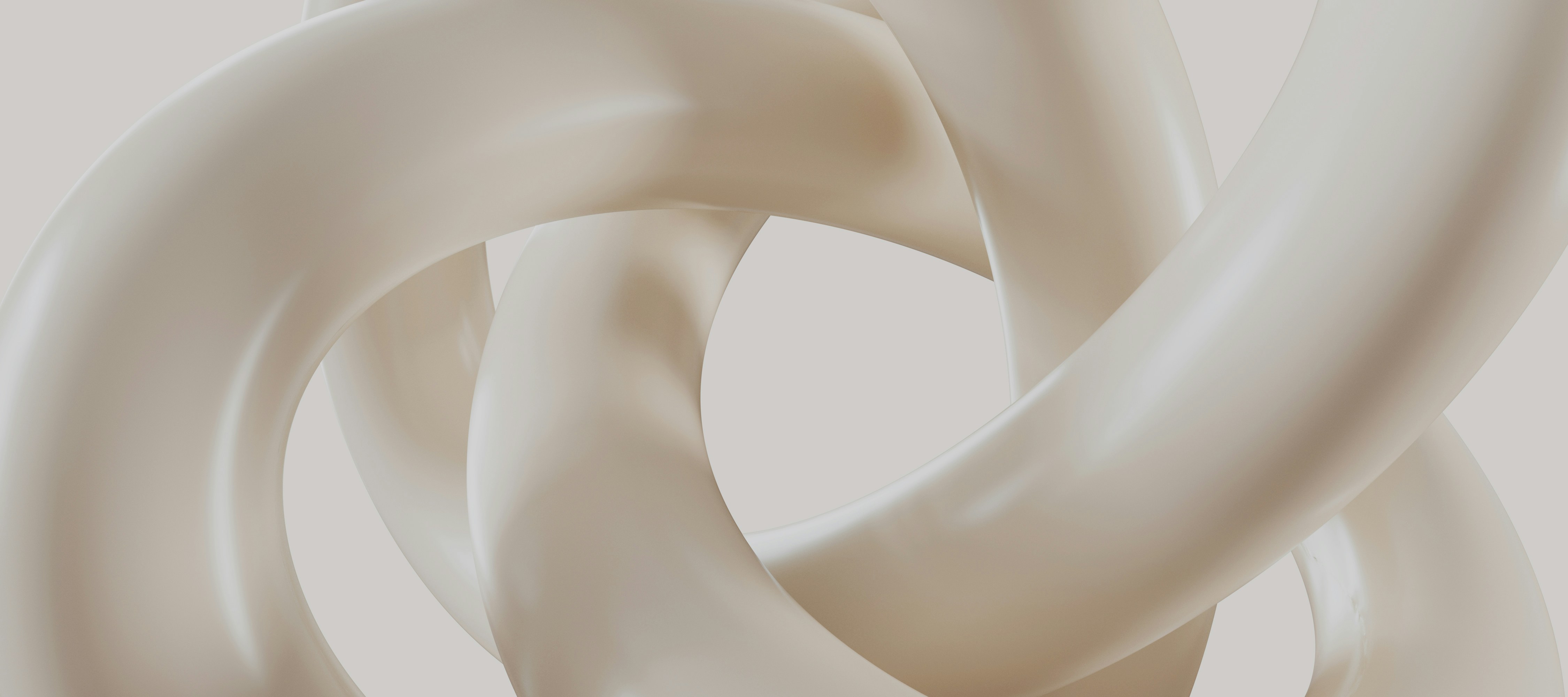
Introduction
Imagine this: someone clicks on your website full of interest. Maybe they were looking for your service, maybe they heard about you through a friend. But instead of feeling excited, they feel unsure. They scroll a little, hesitate, and leave without clicking anything.
This is more common than most business owners realize. And the problem isn’t that your service isn’t good — it’s that the website isn’t communicating trust.
Your website is often the first impression people have of you. It’s not just a digital business card; it’s where visitors decide: “Do I trust this company enough to give them my time, my email, or even my money?”
The smallest details — how fast a page loads, how easy it feels to move through the site, how modern and clear the design looks — all influence that feeling. And those feelings directly guide behavior: whether they click, fill out a form, or close the tab.
1. Confusing Navigation = Confusing Business
Think of your website like a physical shop. If someone walks in and can’t find the right aisle, they’ll leave. Online, the same thing happens — but much faster.
When visitors can’t figure out where to click or how to find what they need within seconds, they get frustrated. Frustration leads to mistrust, and mistrust leads to drop-offs. A simple, well-structured navigation makes people feel in control. And when they feel in control, they stay longer, explore more, and are much more likely to reach your contact or services page.
2. Slow Loading Speed = Lost Trust
Speed is not just a technical detail — it’s a matter of trust. People subconsciously associate fast websites with professionalism and reliability. Slow websites feel careless, even if the service behind them is excellent. Studies show that if your site takes more than 3 seconds to load, more than half of your visitors will leave. Every extra second is not just time — it’s lost opportunity, lost trust, and lost potential leads.A fast website signals that you respect your visitor’s time. And in return, they’re far more likely to give you theirs.

3. Outdated Design = Outdated Business
Whether we admit it or not, humans are visual creatures. When we see a website with mismatched colors, outdated fonts, or inconsistent layouts, we instantly form an opinion — “This business feels old-fashioned” or “Maybe they’re not paying attention to detail.”Design isn’t only about aesthetics. It’s about psychology. A clean, modern design makes visitors feel safe, reassured, and confident in your professionalism. It removes doubts before they even form.
This is why companies that invest in design consistently see higher conversions: because people buy with emotions first, and justify with logic later.
4. No Clear Call-to-Action = No Direction
Imagine you walk into a store, look around, and no one greets you or shows you where to check out. You’d likely walk away, even if you liked the products.
That’s exactly what happens on many websites. Without a clear call-to-action (CTA) — like “Book a Consultation,” “Request a Quote,” or “Get Started” — people feel lost.A good CTA isn’t pushy. It’s a gentle guide that says, “Here’s your next step.” And when people feel guided instead of pressured, they’re more likely to follow through.
Conclusion
Your website is more than a place to “be online.” It’s the moment where people decide if they trust you. And trust is what drives clicks, leads, and sales.
A confusing layout, a slow load time, or an outdated look doesn’t just annoy users — it creates doubt about your business. On the other hand, a fast, modern, and clear website makes people feel confident, secure, and ready to take action.
When your website reflects the quality of your work, people notice. They stay longer, click more, and most importantly, they choose you.
So, if you’ve ever asked yourself why visitors aren’t turning into clients, the answer might not be your service at all — it might simply be how your website makes them feel.




